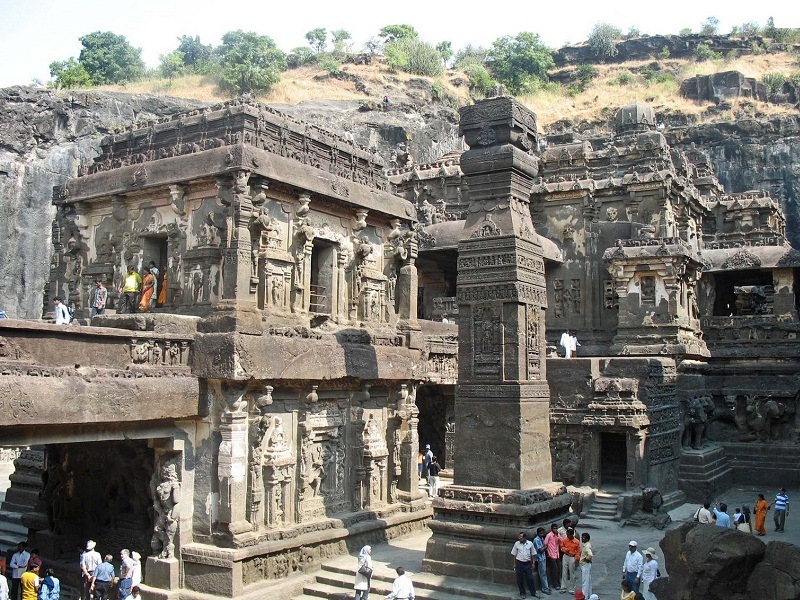- Home
- Culture of India
- Indian Architecture
- Rock-cut Architecture
Rock-cut Architecture
Rock-cut architecture in India:
Rock cut
architecture is one of the best examples of the ancient Indian architecture.
Indian Rock cut architecture has more examples than any other country. Rock cut
architecture is a wonderful architecture that is created by carving the natural
or artificial rocks into beautiful shelter place. The Indian rock cut
architecture for most part of the time was based on the religions like
Buddhism, Jainism and Hinduism.
Some of the
remarkable rock cut structures that were built during Buddhist and Jains are
present in Bihar and Maharashtra. Some of the best caves that were excavated
during Buddhist period include Chaityas and Viharas. The rock cut architecture
is very important source for the Indian history. One can understand the Indian
history from very old period.
In India caves
very considered as a very sacred place. It could either natural or manmade. The oldest rock cut architecture is found in
Barabar caves in Bihar which was built around 3rd century. There are
around 1500 rock cut architecture in India. Even though stone structures were
started to be built by 5th century still rock cut cave temples
continued to be built with more carvings and more beauty.
History of Rock-cut Architecture
Rock cut
architecture is very important to understand the ancient and about the Indian
history. The earliest rock cut architecture is considered as the Barabar caves
which date back to 3rd to 2nd century BCE. These were mostly built by Buddhist monks
which were usually multi storeyed. These caves had kitchen, balcony, monastic
spaces and sleeping quarters.
The western
Deccan believes that early cave temples mostly shrines and monasteries were
built around 100 BCE and 170 BCE. Some of these monastic caves had shrines of
Buddha. Some of the earliest caves include Karla, Bedse Caves, Kanheri caves
and some portion of Ajanta caves.
It is believed
that these caves were used as a place for religious and commercial business. It
is also believed that Buddhists missionaries often travelled with travelled
with traders on busy the international trading routes through India. These
wealthy traders commissioned some of the splendid cave temples like the
pillars, arches and also facades.
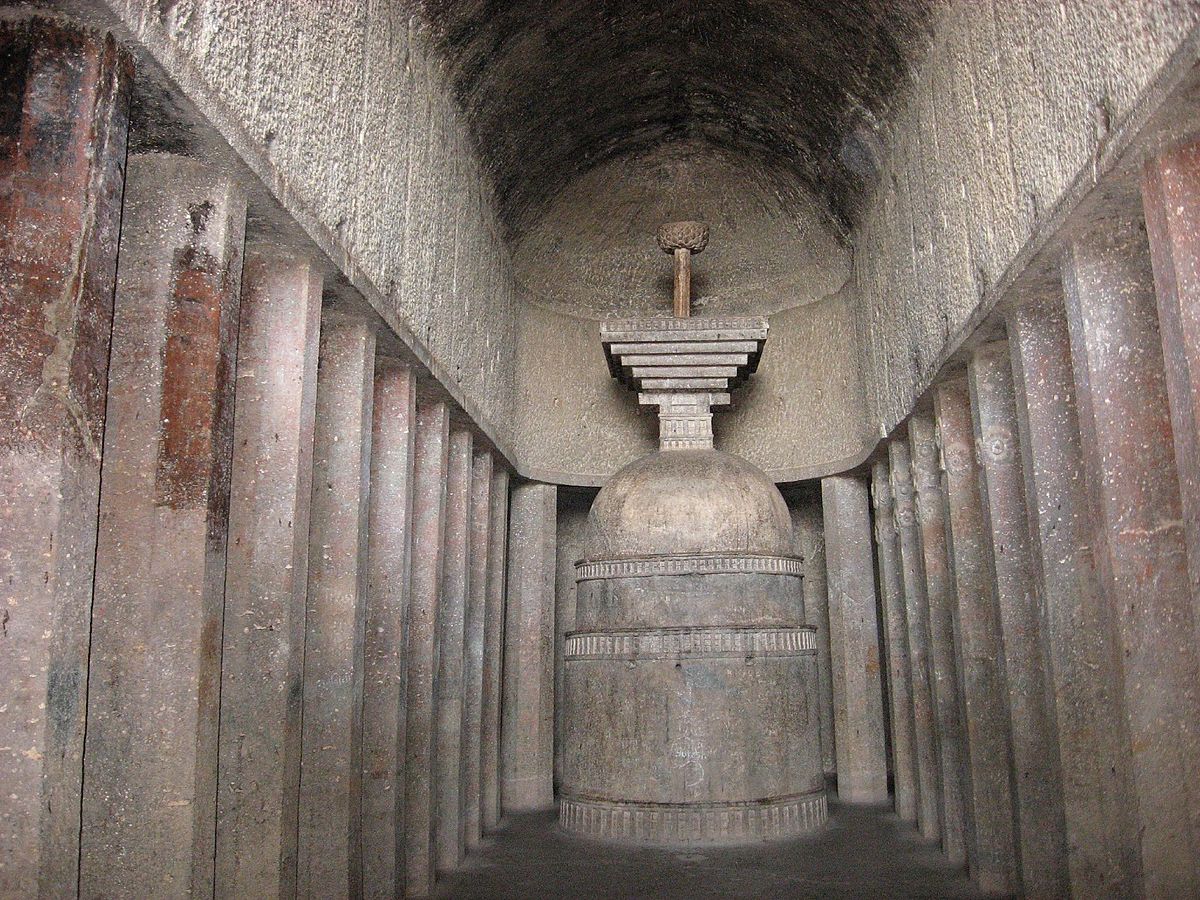
As the time progressed even there was an improvement in the architecture of these rock cut caves. The carvings became more depth and elaborate and often decorated with paintings on the carvings.
At the
beginning of 7th Hindu temples that were constructed in the Ellora
caves were three dimensional as compared to earlier ones. Some of the other
examples include Ajanta and Pataleshwar temple.
Early Caves
Most of the
caves that were used in the early part of the history were the natural caves.
These caves were used as resting place, for doing prayers and meditation. Some of these caves were occupied and slightly
modifies during Palaeolithic and Mesolithic period. Some of the early instances
can be the overhanging rock which has rock cut designs on it or the scrapping
or chiselling of the rock in these caves.
The Bhimbetka
rock shelters which is a UNESCO world heritage site now is located inside
Ratapani Wildlife Sanctuary on the verge of Deccan Plateau in Madhya Pradesh
India gives examples of human settlements some thousands of years ago. The
place has many rock paintings which are more than 30,000 years old.
Cave Temples in India
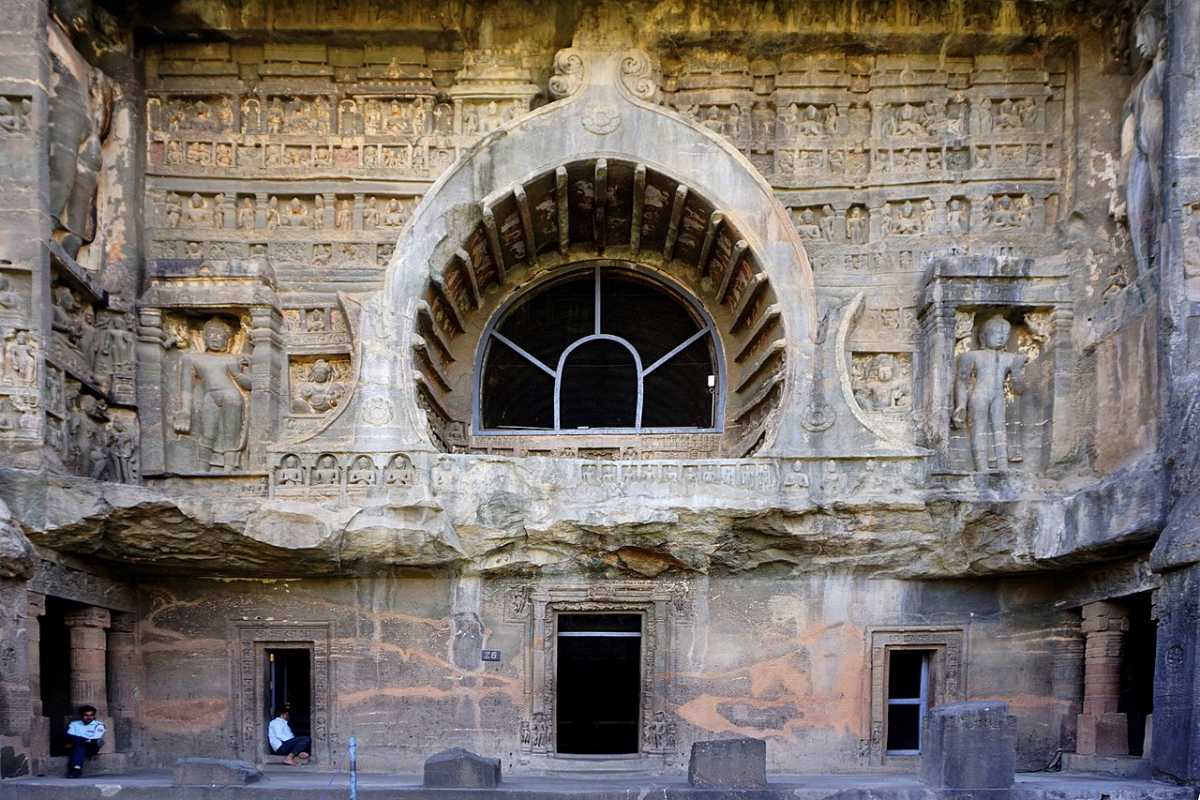
With the
arrival of Buddhist missionaries these caves were turned into shelter homes and
shrines for the monks in accordance with their asceticism and monastic life. It
is presumed that the Western part of Deccan region had more cave temples which
were made of wood which could date back to 100 BC to 170 AD. Probably these
cave temples have not survived due to the wooden structures.
The ancient Buddhist and Jain Basadi, temples, monasteries are some of the examples of rock cut temples. These Buddhist missionaries travelled with the traders on busy international trade route through India. They were provided with lodging facilities by the Buddhist missionaries if they travelled Buddhist abode trade routes. Some of these traders commissioned to build pillars, arches and beautified the entrance of the caves.
It is believed that many traders and
Satvahana rulers made grants to build the caves in Karla caves. Another classic
example can be Bhaja caves which is located in the city of Pune India. These
caves are 400 ft located above Bhaja village is an important ancient trade
route between Arabian Sea eastward and Deccan plateau.
As the traders
and mercantile grew there was also the development of these caves. Most of the
temples, stupas, monasteries have been destroyed but most of the cave temples
are well preserved may be due to less visibility. There are around 1200 cave
temples still exists which are mostly Buddhist temples.
Some of the earliest surviving caves in India include Ajanta Caves which is a UNESCO world heritage site now has around 30 rocks cut Buddhist monuments dating back to 2nd century to around 480 CE. Cave 16, 17, 1 and 2 of Ajanta have beautiful ancient Indian wall painting.
Other surviving caves include Karla caves which were
developed during 2nd and 5th century, Kanheri caves which
dates back from 1st century to 10th century are group of
caves and rock cut monuments. It is located in the Sanjay Gandhi National Park
which is in the Western outskirts of Mumbai India. These caves contain Buddhist
sculpture, paintings, inscriptions and carvings.
The other
caves include Bedse caves and Bhaja caves. As the time passed the interiors of
the caves were improved along with the entrances. Most of the interiors were
designated for specific purpose such as Viharas and Chaityas. Over the years
these caves started to resemble free standing buildings which were designed by
highly skilled artisans.
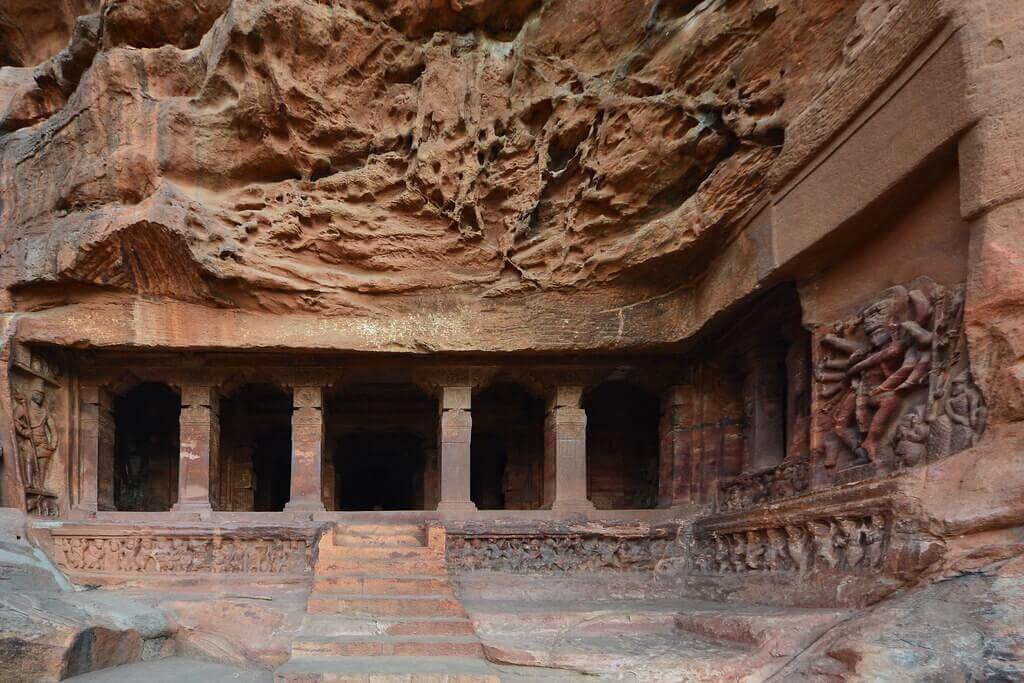
In southern
part of India many Hindu kings developed cave temple and dedicated it to Hindu
God and Goddess. One of the prominent examples is the Badami Cave temple at
Badami, Karnataka India. Badami Cave temple dates back to 6th
century and is considered as one of the finest examples of Badami Chalukya
architecture. It contains four caves out of which three belongs to Hindu and
one to Jain which has beautiful decorative pillars, finely carved sculpture and
richly decorated ceiling panels. There are many small cave Buddhist shrines.
Another
classic example is the rock carved image of Lord Parsvanath which is a Jain
temple at Ellora which dates back to 1234 CE. The final wave of cave
construction was at Gwalior which has five rock cut monuments surrounding Gwalior
fort. These caves contain Jain images.
Monolithic rock cut temples
Pallava
dynasty started with the beautiful monolithic structural temples. Monolithic
means it is made out of a single rock which is chiselled and given a shape of
the temple with all the wall decorations on it. The architects of Pallava
dynasty started the rock cut architecture on a single rock which has
resemblance of a temple.
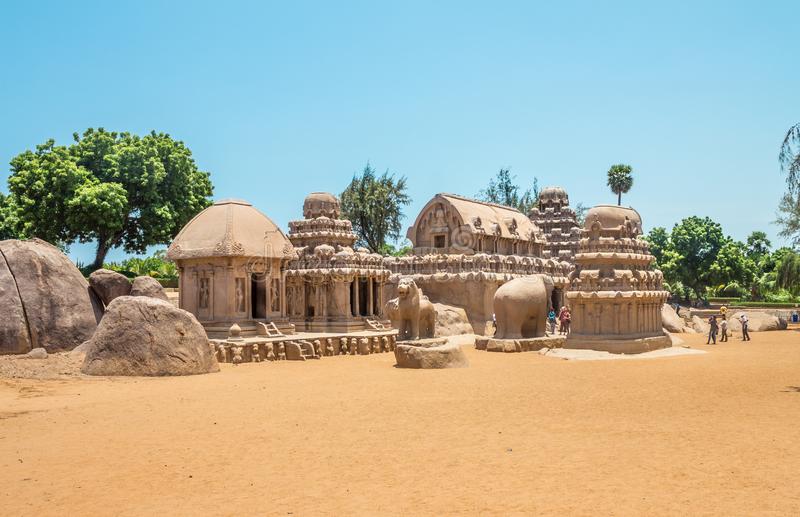
One of the
classic examples for monolithic rock cut temple is the Pancha Ratha. It is
monument complex located at Mahabalipuram on the Coromandel Coast of Bay of
Bengal Tamil Nadu India. It is UNESCO World Heritage site. The construction of
this was during the reign of King Narasimhavarman of Pallava dynasty. Each of
the five temples resembles a chariot and each one of it is beautifully carved
over a single stone. The structures are named after Pancha Pandavas and their
common wife Draupadi of epic Mahabharata fame.
Another
classic example is the Kailash Temple famously known as cave 16 at Ellora
Caves. The artisans took lot of effort to carve this temple from a single top
down volcanic basaltic rock. It was commissioned in 8th century by
King Krishna I of Rashtrakuta Empire and it took more than 100 years to
complete this massive and beautiful temple. Dedicated to Lord Shiva the temple
shows the fine architectural work of the artisans. Out of 100 caves in Ellora
only 34 caves are open to public.
Free standing
temples were also built during this period of time. The shore temple is an
example for free standing temple with slender towers built on the shore of Bay
of Bengal. Rock cut temples continued to be excavated until 12th
century.
india-a2z.com would love to hear more about Indian Architecture and also on Rock cut Architecture. Do share your thoughts with us by clicking the link here.
Related Pages
European Colonial Architecture
Update on coronavirus in India
Affiliate Disclosure:
If you make any purchase via a link on this site, I may receive a small commission with no added cost to you.
